
Connecting Flights Guide
How Layovers Work & What to Expect
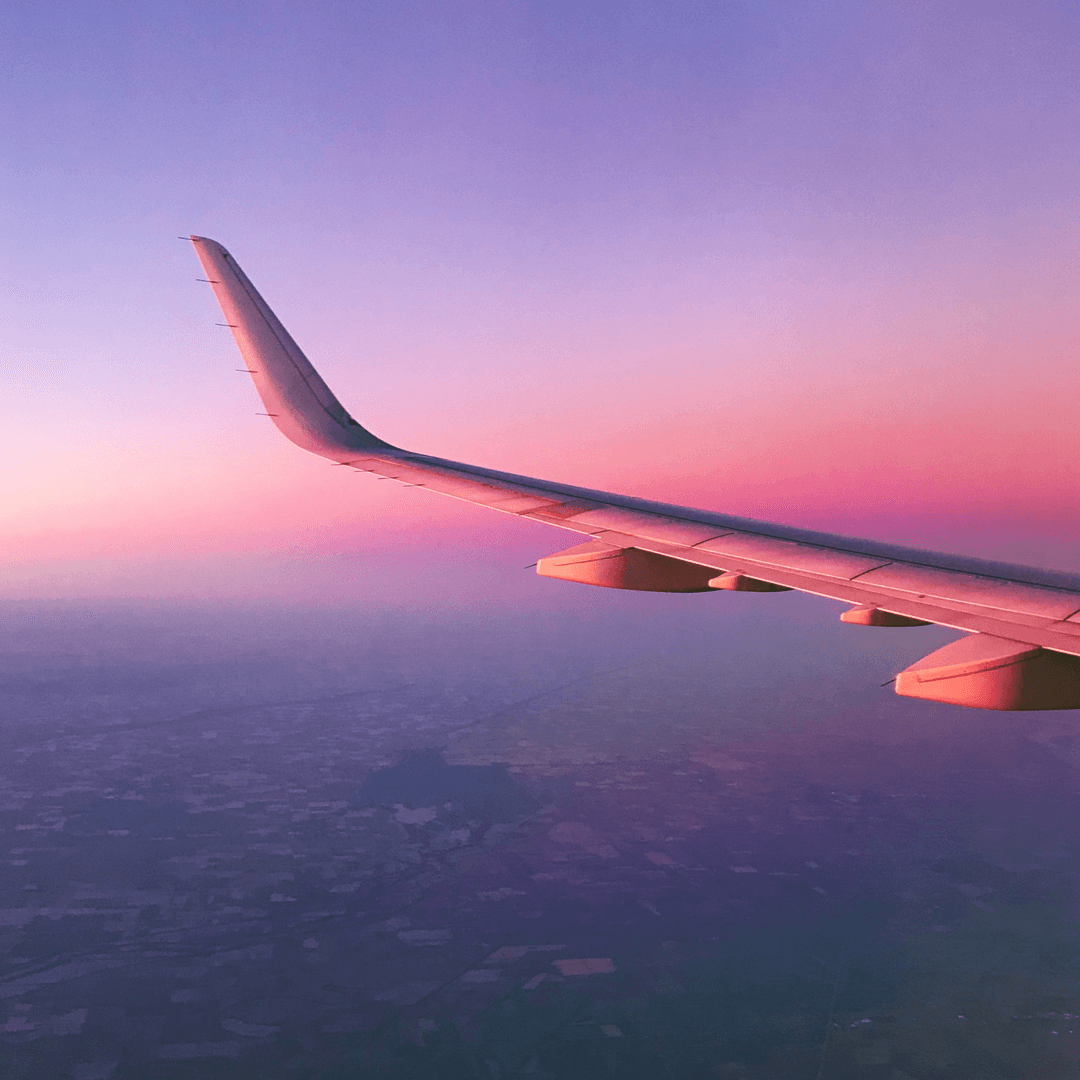
🛫 What is a Connecting Flight?
A connecting flight is a flight itinerary that includes a stop at an intermediate airport, where passengers switch planes to continue to their final destination. Instead of taking a direct flight, you change aircraft. Sometimes in a different terminal or even with a different airline. Connecting flights are common for long-haul international trips or when flying to cities that aren’t served directly. They often allow for more flexible routes and lower airfare. However, they require extra planning around layover times, baggage transfers, and airport navigation.
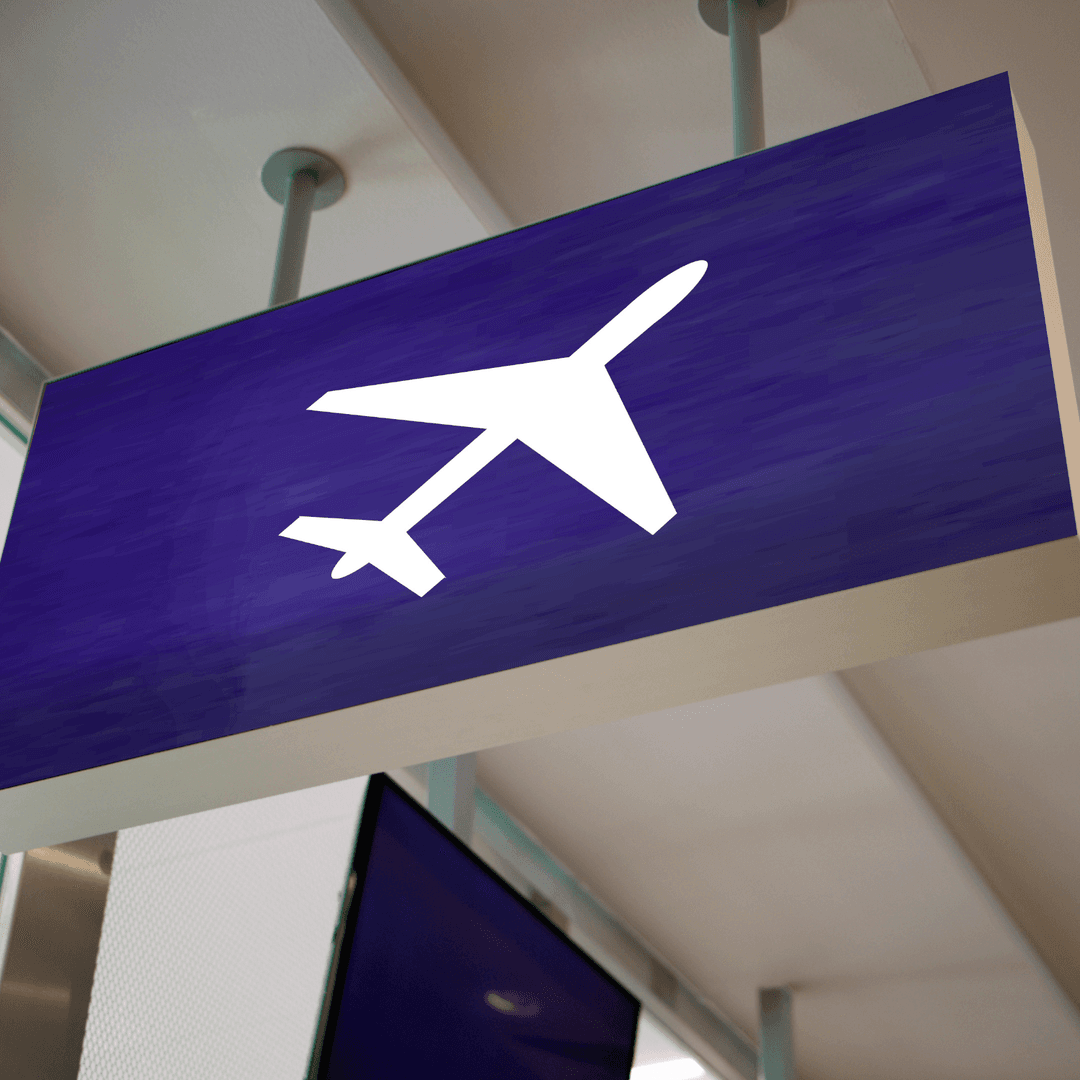
🔀 Types of Connecting Flights: What You Need to Know
There are two main types of connecting flights, each with different implications for your baggage, ticketing, and protections:
- Protected Connections (Single Ticket): Booked through one airline or a code-share partner. Your baggage is transferred automatically to your final destination, and the airline is responsible for rebooking you if delays cause a missed connection.
- Self-Transfer Flights (Separate Tickets): You book each leg separately, often on different airlines. You’ll need to collect your bags, pass through immigration or customs (if international), recheck luggage, and potentially clear security again. You are responsible for making your next flight.
💡 Fly Fairly Tip: If you're booking budget airlines or planning your own layovers, leave at least 3–4 hours between flights to avoid missed connections.
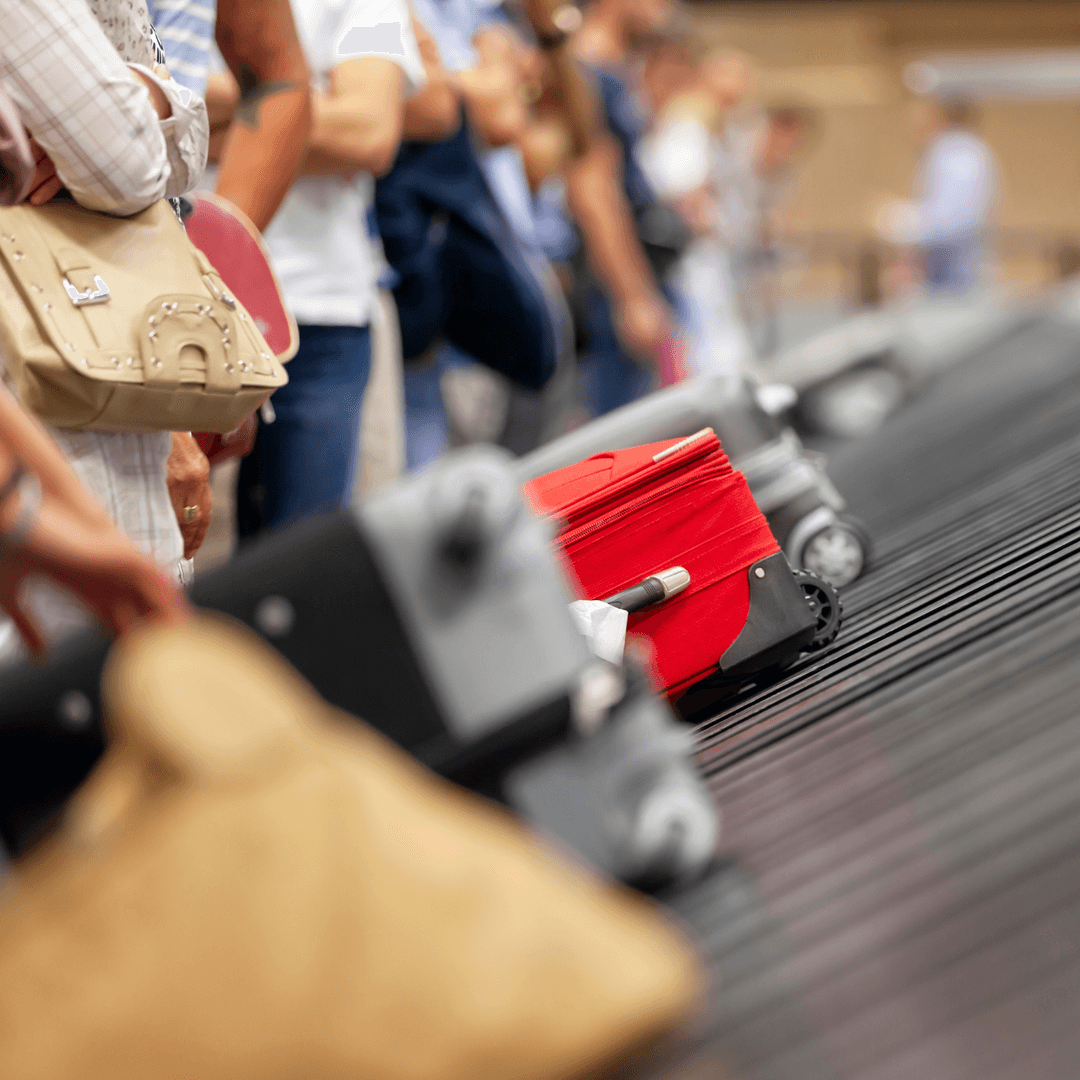
💼 How Does Baggage Work on Connecting Flights?
Understanding baggage rules is key to a smooth connection:
- Same Ticket Booking: Your checked bags are tagged through to your final destination. You don’t need to touch them at your layover airport. This is the safest and easiest option.
- Separate Tickets (Self-Transfer): You must collect your luggage at the layover airport and recheck it for the next flight. This also means re-clearing security, and possibly immigration. Always verify baggage policies for each airline before booking. You can check IATA's official baggage standards or visit each airline’s own baggage policy page for the latest rules.
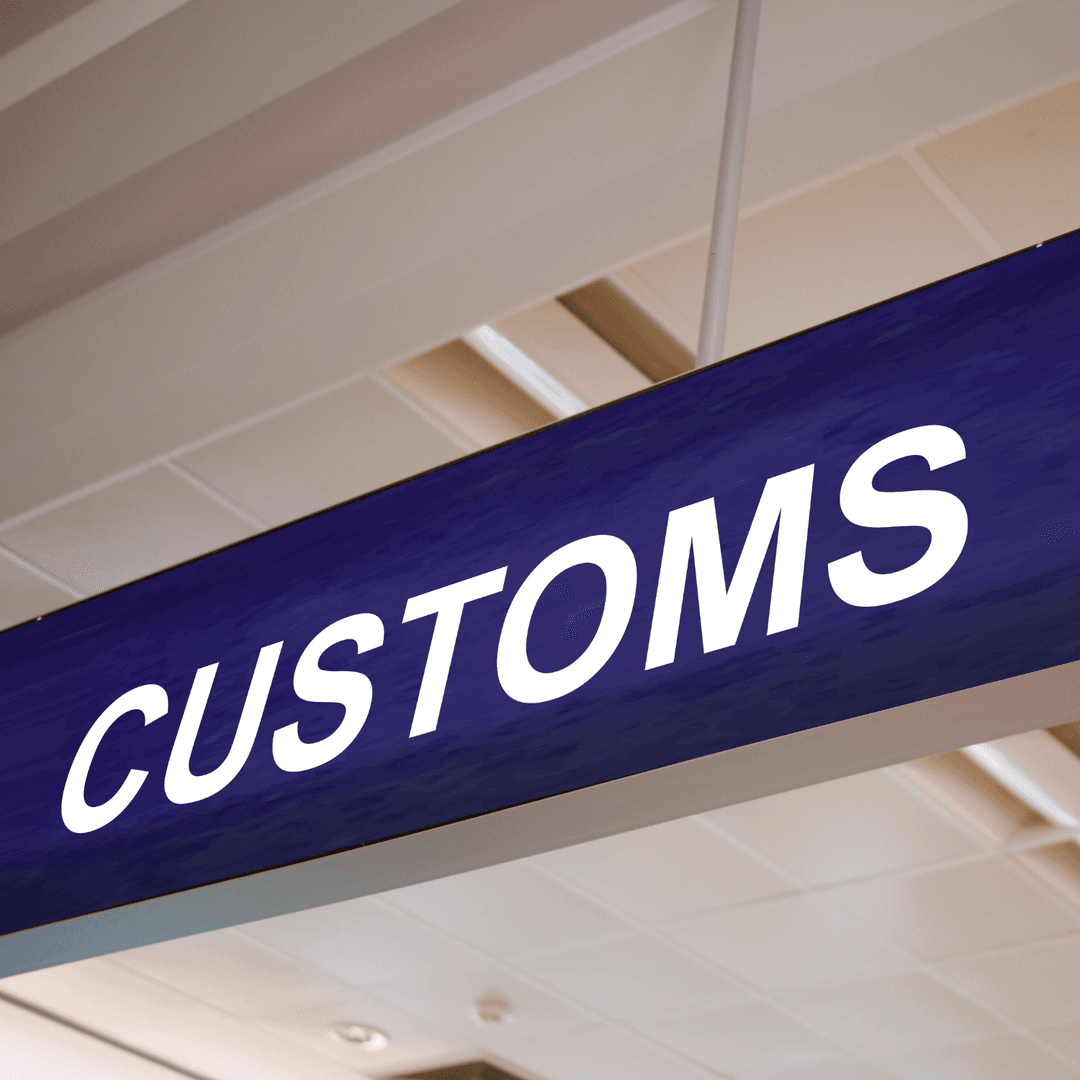
🌐 Do You Go Through Customs on a Connecting Flight?
This depends on your layover location and route:
- Domestic Flights: No customs; just switch gates.
- International Flights: You usually clear customs at your first point of entry. For example, if flying from New York to Paris via London, you clear immigration in London.
- Self-Transfer: Always assume you’ll need to go through customs, collect bags, and re-enter through security.
🧾 Fly Fairly Tip: Some airports allow international-to-international transit without passport control. Check your itinerary and airport rules in advance.
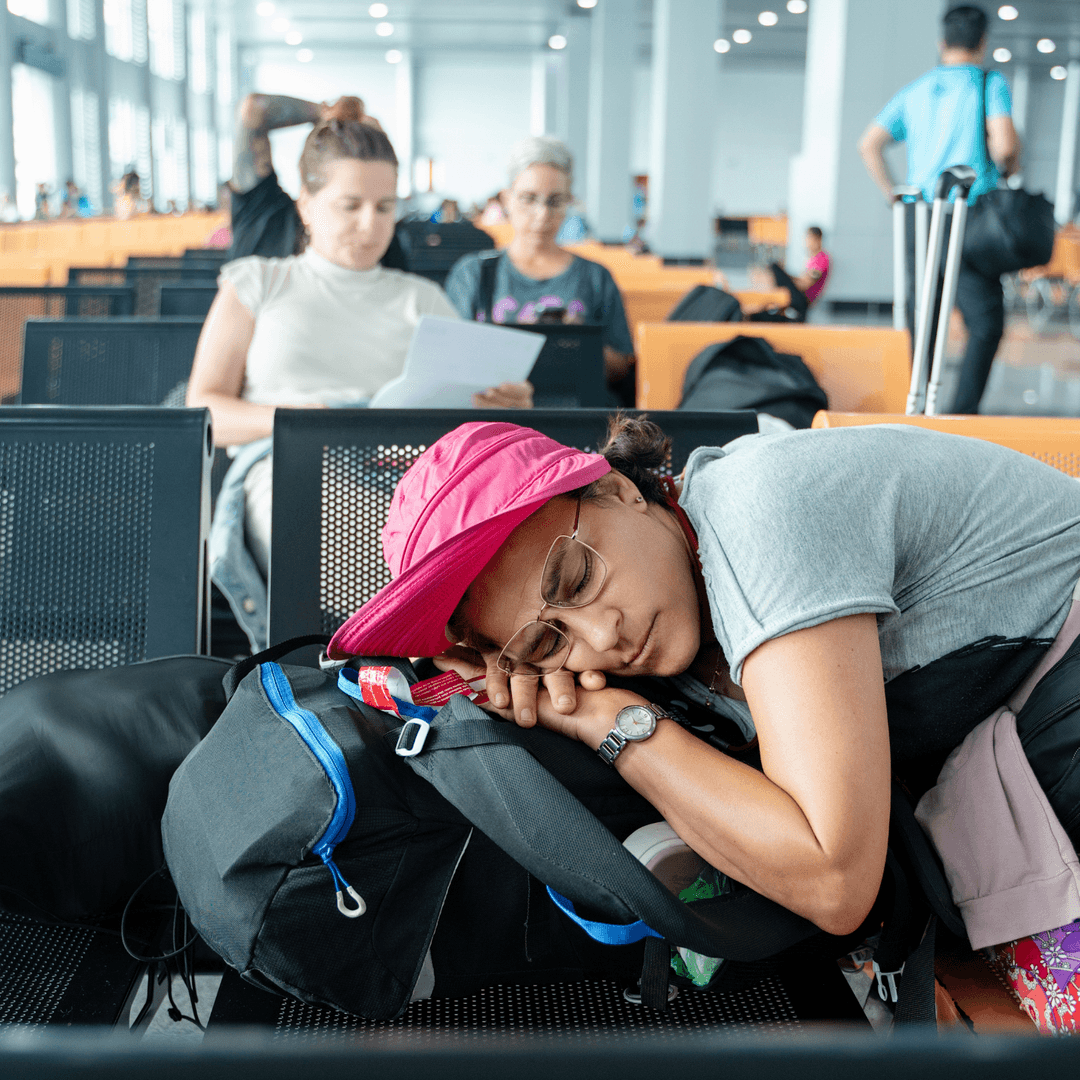
⏱️ How Much Layover Time Is Enough?
Layover duration can make or break your trip. Use this guide:
- Domestic to Domestic: 45–60 minutes
- Domestic to International: 60–90 minutes
- International to Domestic: 90–120 minutes
- Self-Transfer (any): 3–4 hours
🔍 Also consider airport layout, terminal transfers, and immigration. JFK, CDG, and LHR are major hubs where connections can take much longer than expected.
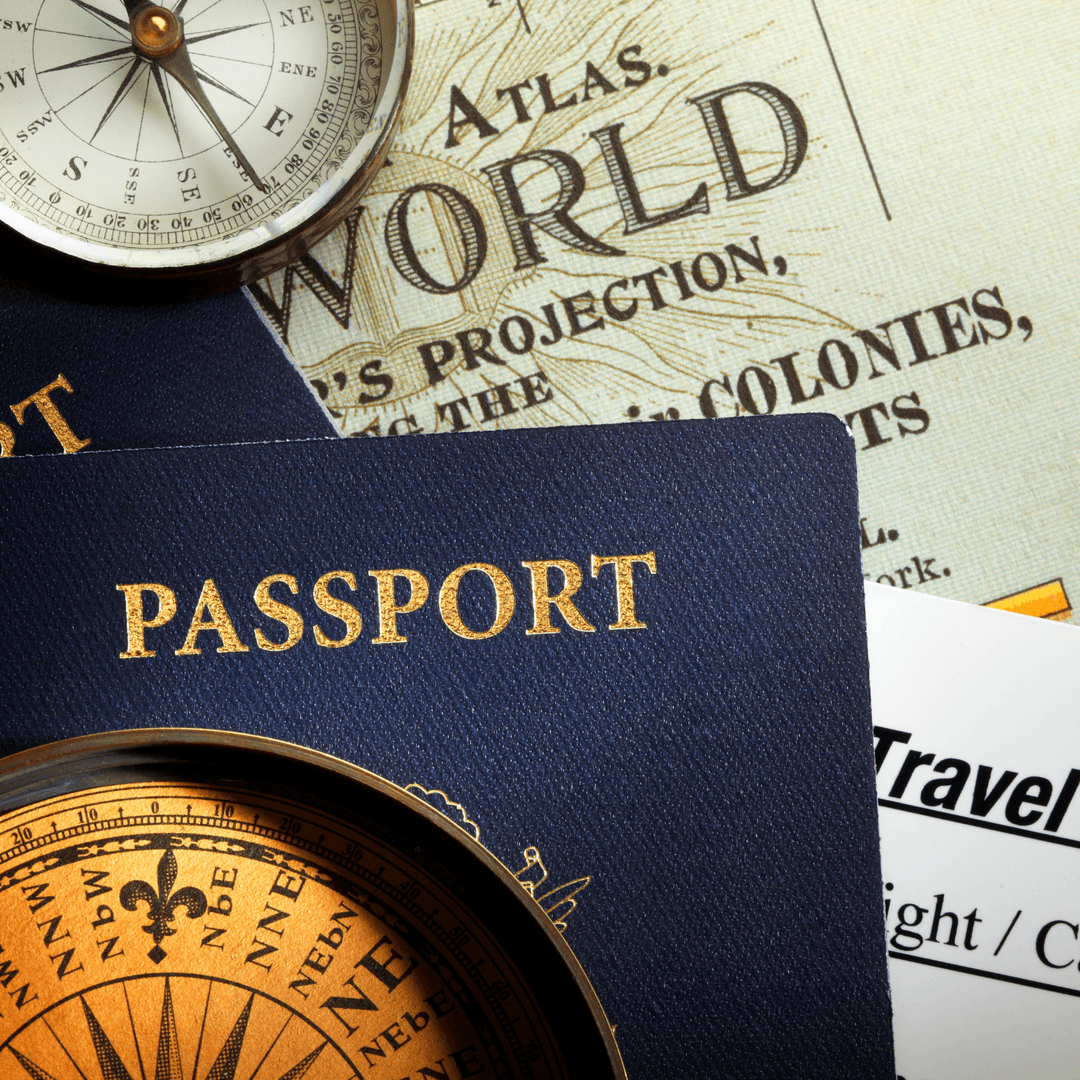
🛠️ Tips for Booking Connecting Flights Like a Pro
- Stick with one airline or alliance (e.g., Star Alliance) to keep bags protected and reduce risk.
- Avoid tight connections, especially in airports with poor transfer infrastructure.
- Read ticket rules: some budget carriers don’t accommodate missed connections.
- If you're on separate bookings, budget extra time and consider insurance.
🧠 Pro Tip: Use SeatGuru or airport maps in advance to know your gate distances and plan time accordingly.
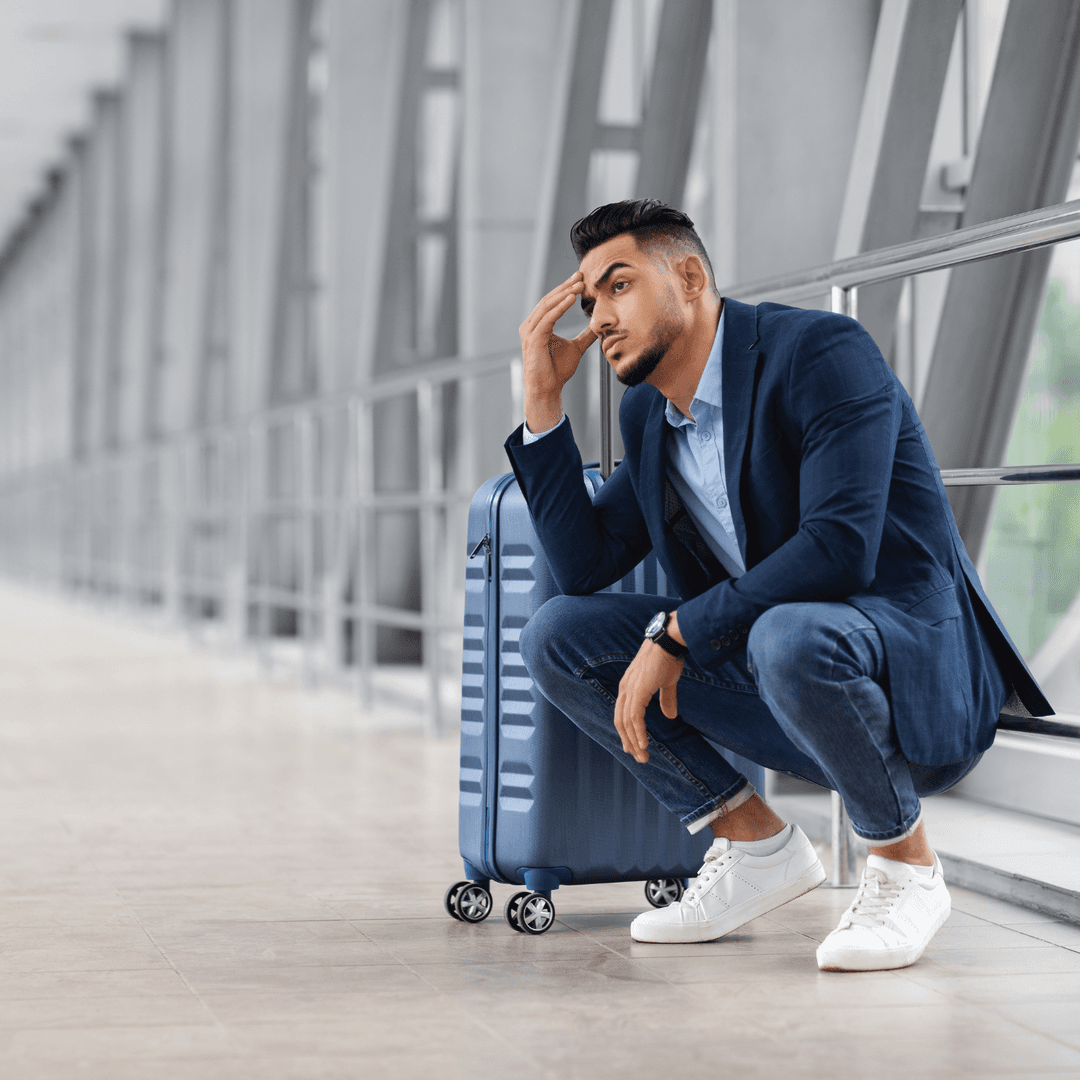
🚨 What to Do If You Miss a Connecting Flight
Here’s how to recover:
- On a Protected Itinerary: Go to the airline desk immediately. They are obligated to rebook you at no cost, sometimes even offering meal vouchers or hotel accommodations.
- On a Self-Transfer: You’ll need to purchase a new ticket if you miss the connection. Travel insurance might reimburse this.
🛑 Always monitor your flight times and sign up for airline alerts via email or app.
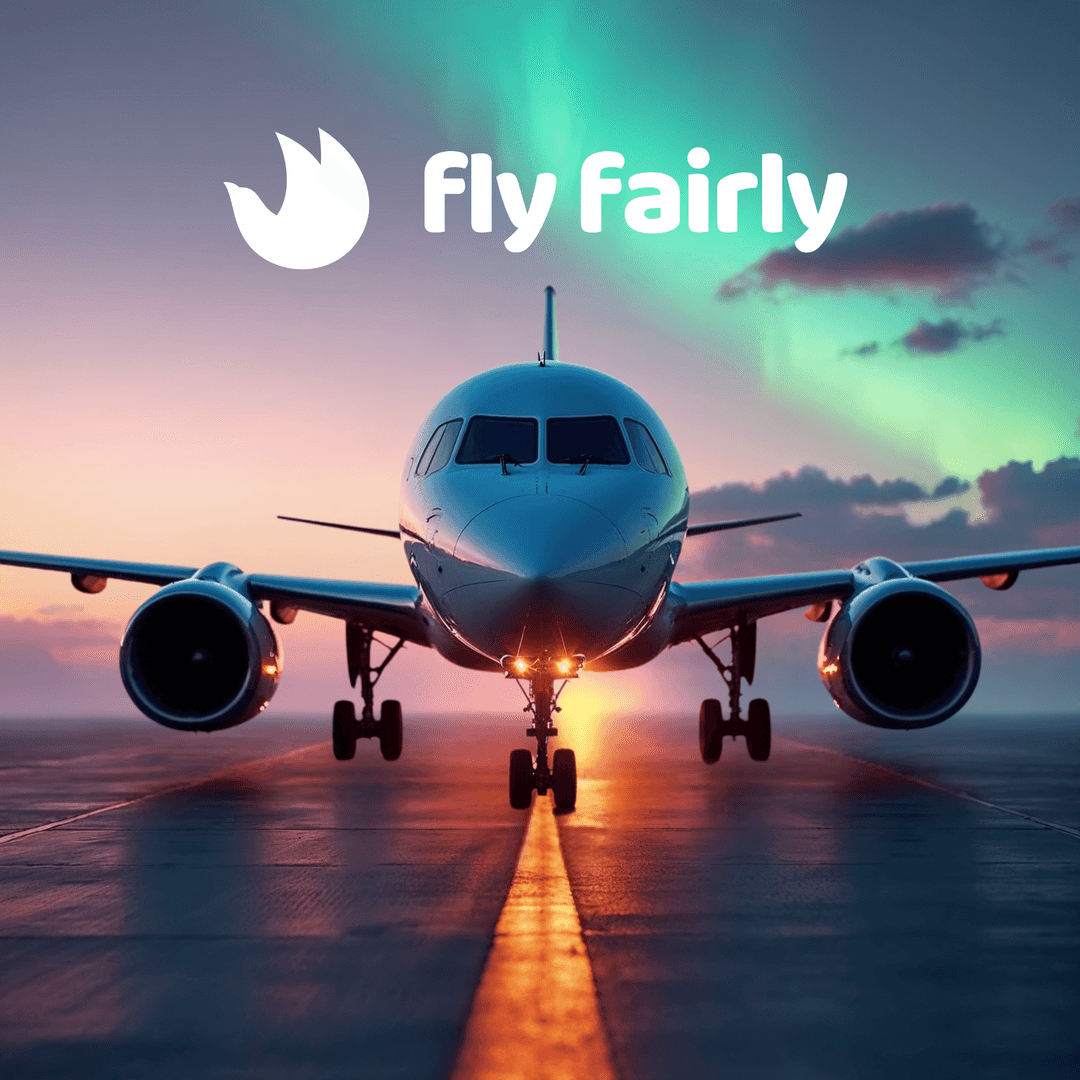
📍 Fly Fairly Makes Connecting Flights Easy
Planning a trip with one or more layovers? Fly Fairly provides traveler-friendly guidance to simplify your journey:
- Find optimal layover durations
- Understand baggage and customs rules
- Learn which airports are easiest to navigate during connections
🛫 Travel smarter, skip the guesswork, and fly fairly with us today.








